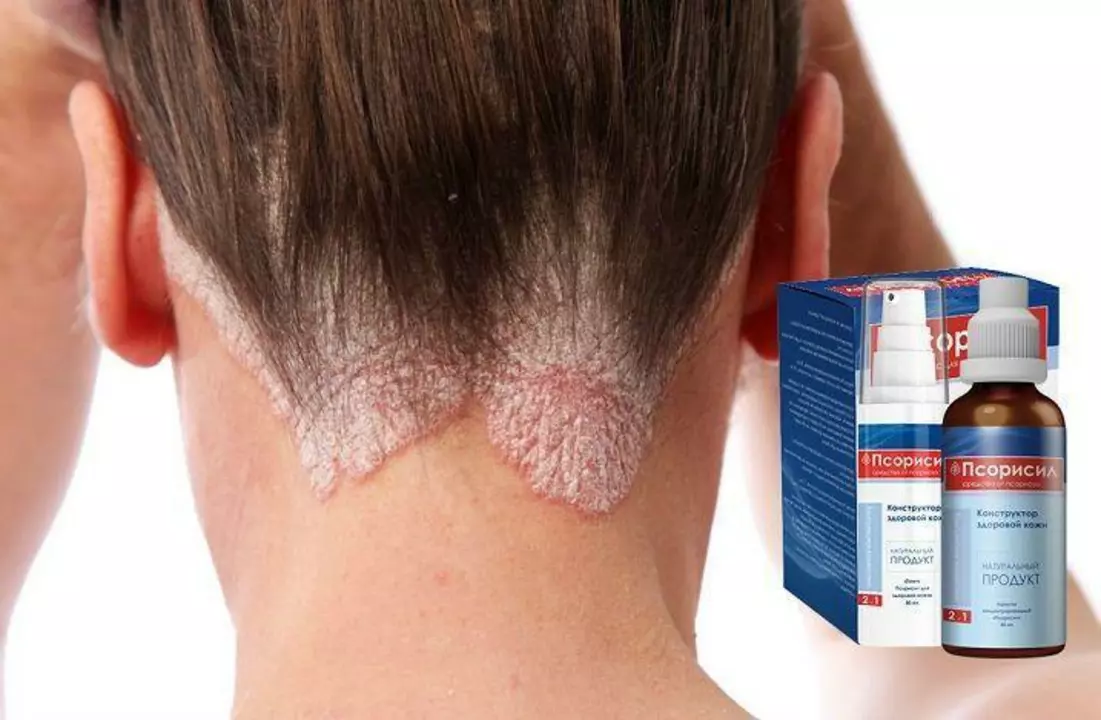Psoriasis can be stubborn, itchy, and embarrassing — but you don't have to accept poor skin. The goal of treatment is simple: clear or reduce plaques, control flares, ease symptoms, and lower long-term inflammation. Which option works depends on how much skin is involved, where plaques are, your overall health, and what risks you can accept.
Topical treatments often start first. Over-the-counter emollients and coal tar can moisturize and calm scaling. Prescription creams include topical corticosteroids to reduce inflammation and vitamin D analogs like calcipotriene to slow skin cell growth. Use creams as directed; stronger steroids should be used short term or under doctor guidance to avoid thinning skin.
Phototherapy uses controlled UV light to slow skin cell turnover. It works well for widespread or resistant psoriasis and is usually done in a clinic two to three times a week. Home narrowband UVB units exist but discuss safety and dosing with your dermatologist first. Expect gradual improvement over weeks and plan for regular skin checks.
Oral systemic drugs treat psoriasis from the inside. Methotrexate and cyclosporine are older options that can be very effective but need blood tests to monitor liver and kidney function. Apremilast is a newer pill with fewer labs but modest effectiveness for severe cases. Discuss side effects and monitoring needs before starting any oral medicine.
Biologic drugs target parts of the immune system that drive psoriasis. Classes include TNF inhibitors, IL-17 blockers, and IL-23 blockers. Names you might hear are etanercept, secukinumab, ustekinumab, and guselkumab. Biologics are given by injection or infusion and require screening for infections like tuberculosis before starting. They can clear skin dramatically but may affect infection risk.
Lifestyle changes matter. Keep skin moisturized, avoid harsh soaps, and use a humidifier in dry weather. Smoking and heavy drinking can make psoriasis worse; cutting back helps. Stress is a common trigger — simple practices like walking, sleep routines, and short breathing exercises can reduce flare frequency.
Handle flares quickly. Short courses of stronger topical steroids, a quick phototherapy boost, or temporary systemic treatment can bring a flare under control. Track triggers in a notebook or app so patterns become clear.
Choosing the right plan means balancing effectiveness, safety, cost, and convenience. Think about pregnancy plans, other health conditions like liver disease or infections, and insurance coverage. Ask about monitoring, vaccine needs, and what to do if you get an infection.
Useful questions to ask your doctor: How severe is my psoriasis and what are my realistic goals? What side effects should I watch for? How long before I see improvement? Are there simple skin care steps I can start now? How will this interact with my other meds?
Treating psoriasis is often a stepwise process. With the right plan and follow-up, most people can significantly improve symptoms and go back to normal life.
If symptoms suddenly worsen, develop fever, or joint pain increases, contact your doctor promptly. Psoriatic arthritis and infections need fast attention. Early action saves damage.

In today's blog post, I'm going to share with you the top 5 calcipotriene creams available on the market. These creams are highly effective in treating psoriasis and improving the overall appearance of your skin. I've done extensive research and tested various products to bring you this list of top performers. So, let's dive in and explore these amazing calcipotriene creams that can help you achieve smoother and healthier skin. Stay tuned for the detailed reviews and my personal experiences with each of these creams!